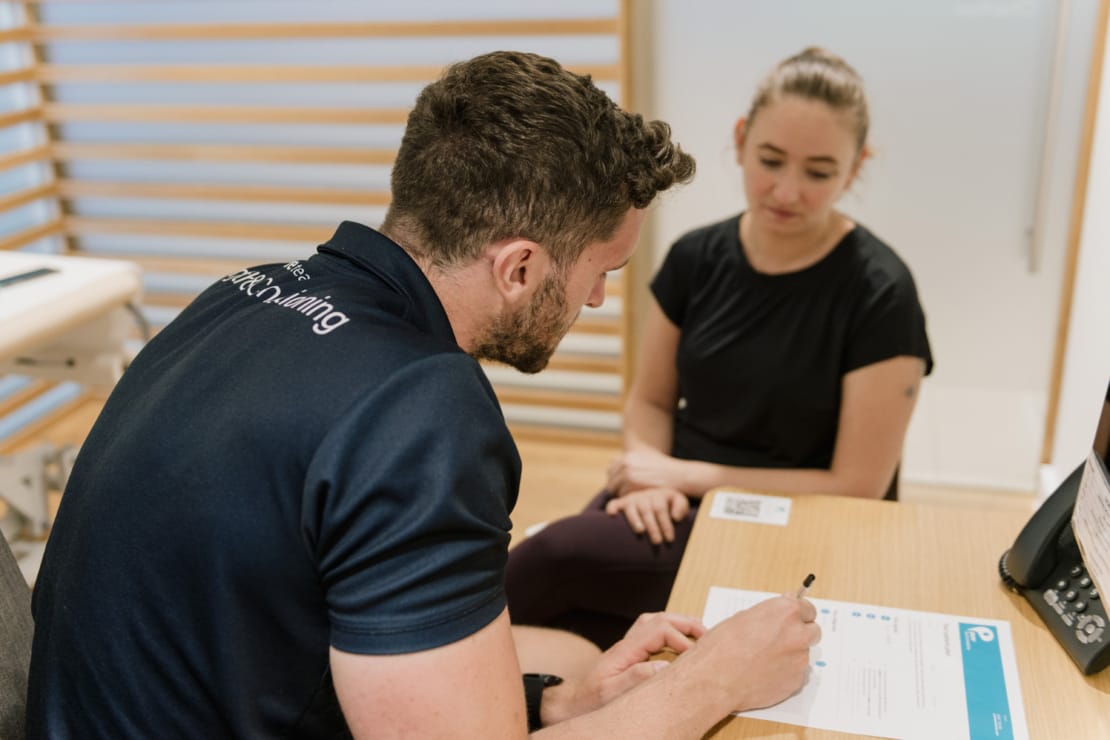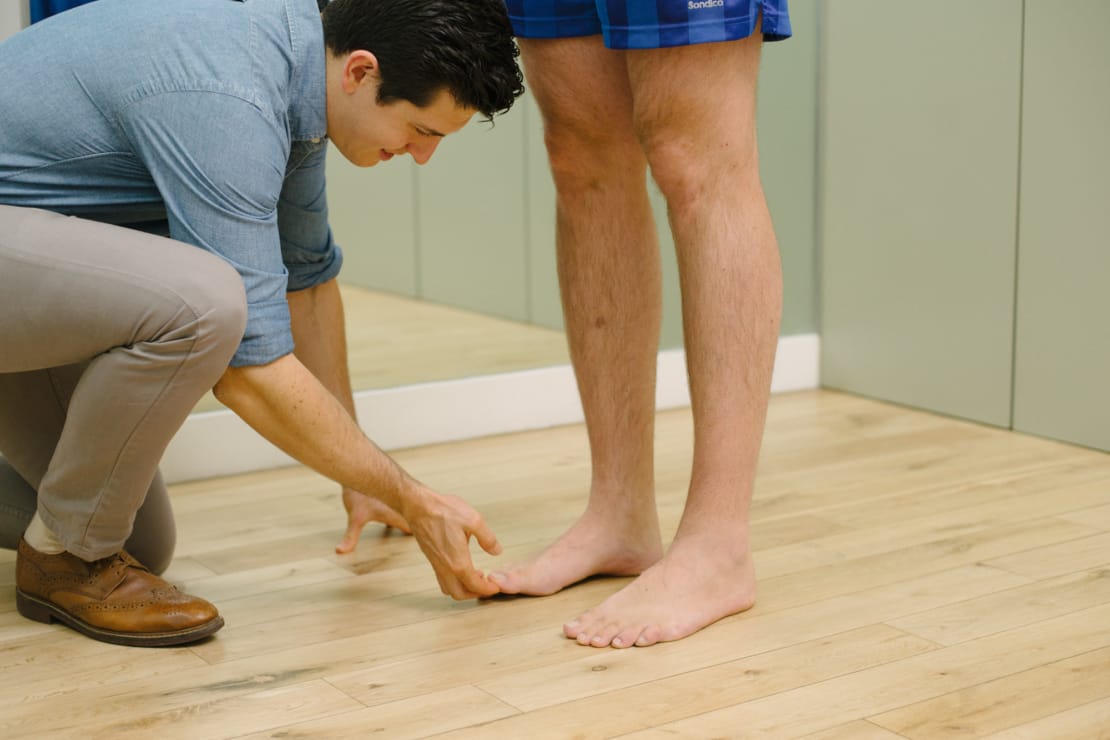How to Reduce Migraine Pain: Effective Strategies for Relief

Pure Sports Medicine
- 27 September, 2022
- Soft Tissue Therapy
- Pain Management
- 2 min read
A migraine is neurological not vascular. It is an instability in the way the brain deals with incoming sensory information, and that instability can become influenced by physiological changes like sleep, exercise and hunger. [Goadsby, P. Dr.]
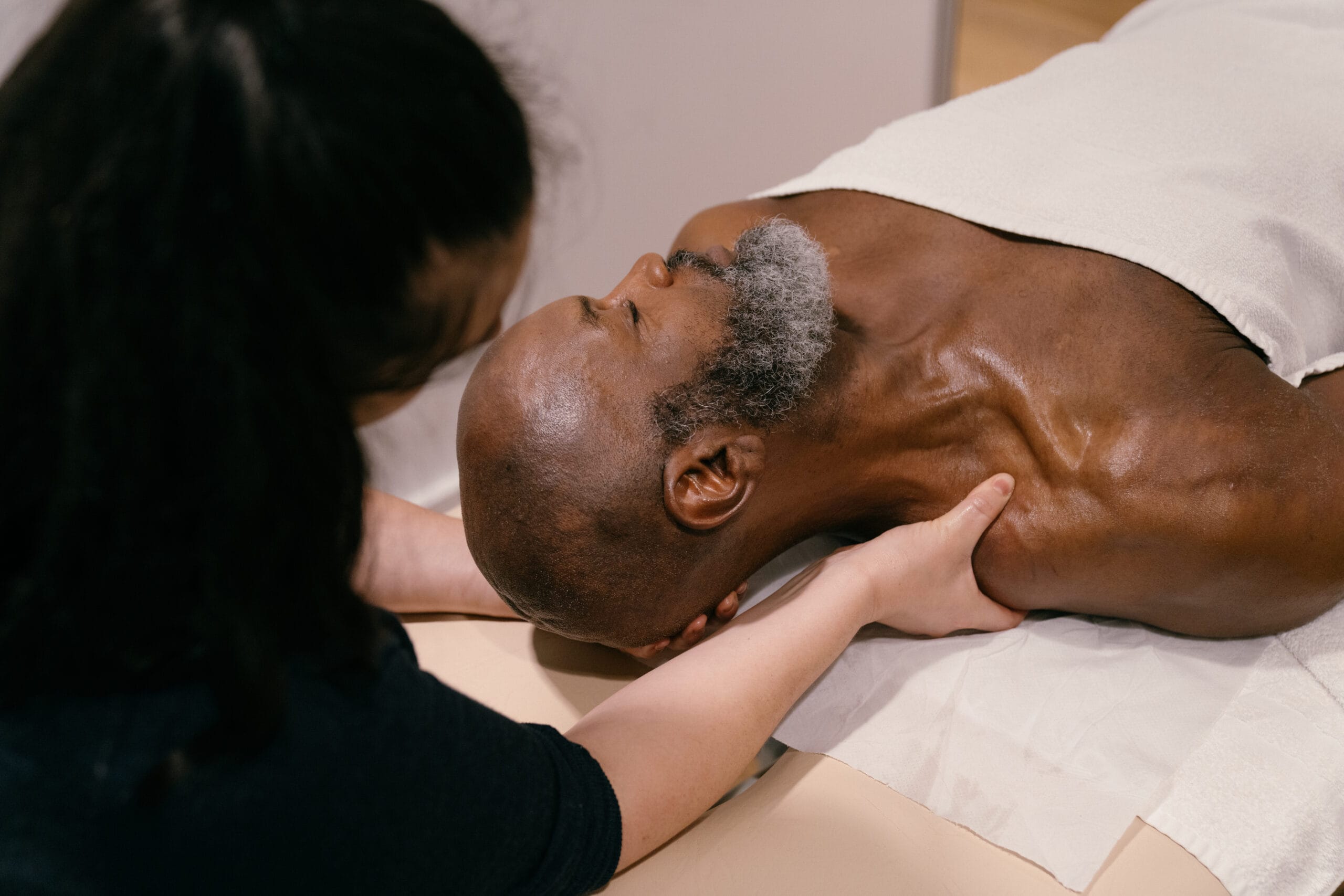
Hands on therapy can help
Soft tissue therapy has a track record of reducing the frequency and symptoms of migraines.
Tip – be sure to use this form of therapy during the prodrome or postdrome phase of a migraine when it is most effective.
Soft tissue therapy helps with:
- Stimulation of blood flow, encouraging more oxygen and nutrients to the organs
- Reduction of heart rate (which can be a migraine trigger)
- Stimulating a parasympathetic state of the central nervous system, reducing cortisone production, encouraging the body to relax and ‘de-stress’
- Improving the quality of sleep (sleep quality is a common trigger)
- Fascia release takes tension out of the gut allowing our organs move more freely which in turn reduces gut issues and means the body is more likely to uptake nutrients from food
- Relieves menstrual discomfort (which is another migraine trigger for some)
Acupuncture can reduce tension
Soft tissue therapy is more than massage and medical acupuncture can work with meridian or trigger points lines to facilitate migrate frequency reduction (especially if they are tension migraines).
Taking pressure off doesn’t just mean lying down
Fascia release during soft tissue therapy allows the body to sit more aligned reducing unhealthy posture taking tension out of the neck and jaw.
Everything is connected
You can relieve tension in your head from other areas of your body such as your feet meaning soft tissue therapists don’t have to go anywhere your head if you are concerned about somebody touching your head.
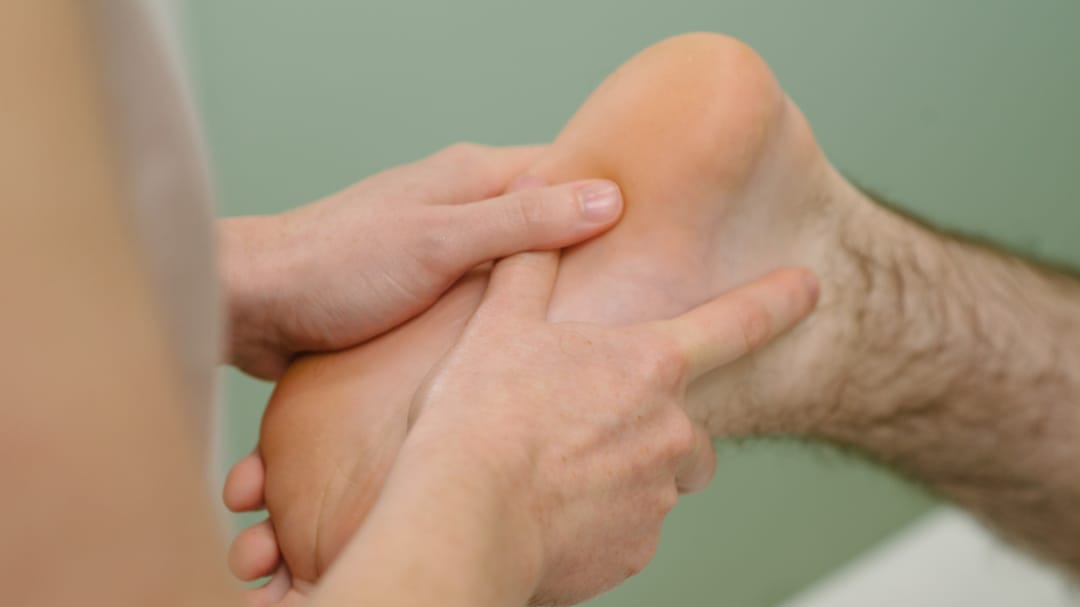
Medical care is self-care
Caring, physical touch is beneficial for mental health and can reduce stress levels and heart rate. So imagine what an hour of caring attentive physical touch, that is specifically catered for you and your needs, can do. Especially in the postdrome phase when it is more likely to feel depressed as a result of the migraine.
Symptoms of migraine medication can be reduced
Soft tissue therapy not only helps with the symptoms of migraines but it can also help alleviate the symptoms of migraine medication which can include but are not limited to:
- drowsiness
- heavy limbs
- irritability
- tension
- tingling
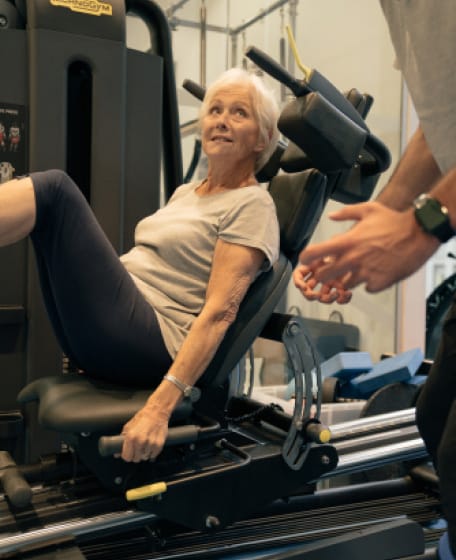
Advice
Over the last 20+ years our experts have helped more than 100,000 patients, but we don’t stop there. We also like to share our knowledge and insight to help people lead healthier lives, and here you will find our extensive library of advice on a variety of topics to help you do the same.
OUR ADVICE HUBS See all Advice Hubs